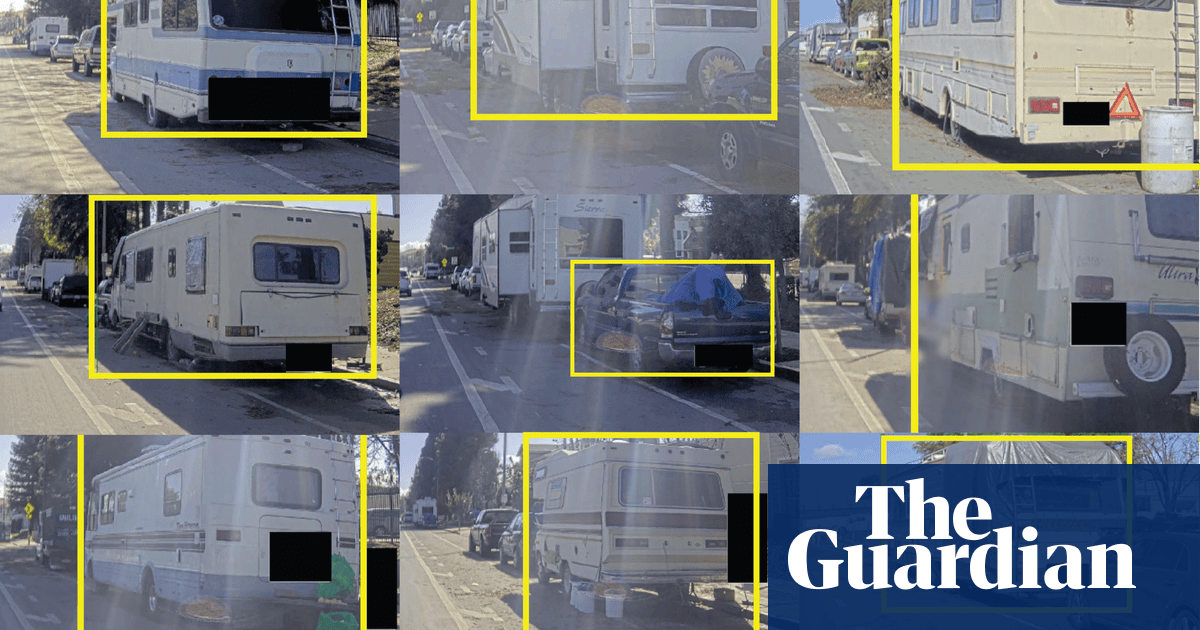- cross-posted to:
- news@lemmy.world
- cross-posted to:
- news@lemmy.world
Last July, San Jose issued an open invitation to technology companies to mount cameras on a municipal vehicle that began periodically driving through the city’s district 10 in December, collecting footage of the streets and public spaces. The images are fed into computer vision software and used to train the companies’ algorithms to detect the unwanted objects, according to interviews and documents the Guardian obtained through public records requests.



I don’t know much about jurisprudence, but wouldn’t the neural net be a tool of the person that brought the lawsuit.
Like if you get brought in due to DNA, you don’t have to face the centrifuge that helped extract your DNA from the sample?
You’re ignoring the fact that using such a failure-prone system to initiate legal proceedings against a citizen is ABSOLUTELY going to overload an already overloaded system. And that’s not even going into the fact that it puts an unjust burden on those falsely accused, or the fact that it’s targeting a segment of the population that’s a lot more likely to go “fuck it, I don’t care, how could things possibly get worse” (read: serious depression, PTSD, other neurodivergences that often correlate with being unhoused). This is by-design.
This is an all-around grade-A shit policy. It’s also a policy designed to treat the symptom instead of the cause. It will make the streets around San Jose look a bit nicer, and in doing so it will harm a lot of people.
I mean I’m not ignoring those facts. I prefaced by saying I don’t know much about jurisprudence.
Thanks for providing some insight though.
For what it’s worth, I didn’t intend to come off stabby or dismissive